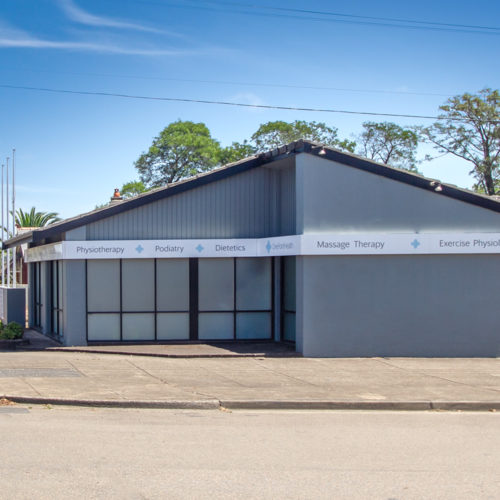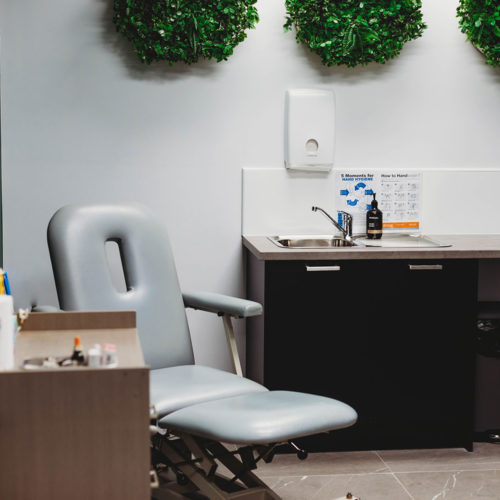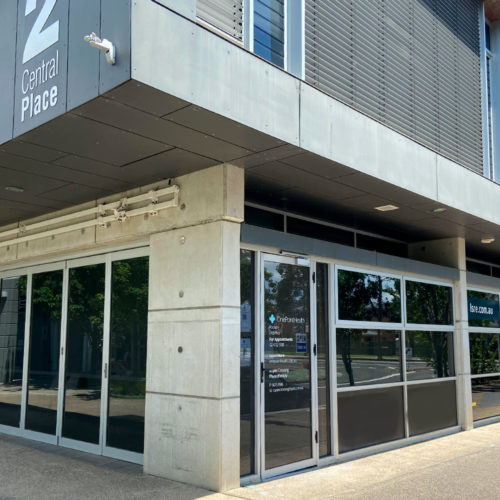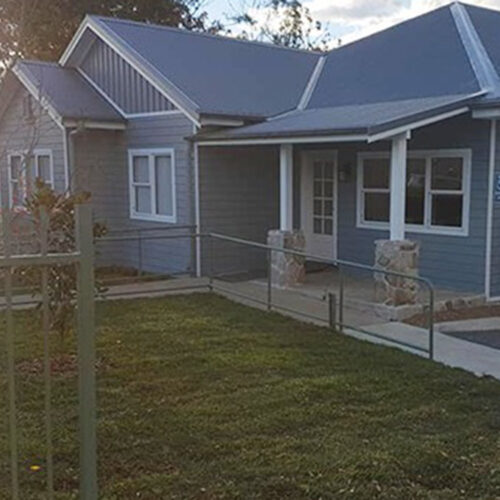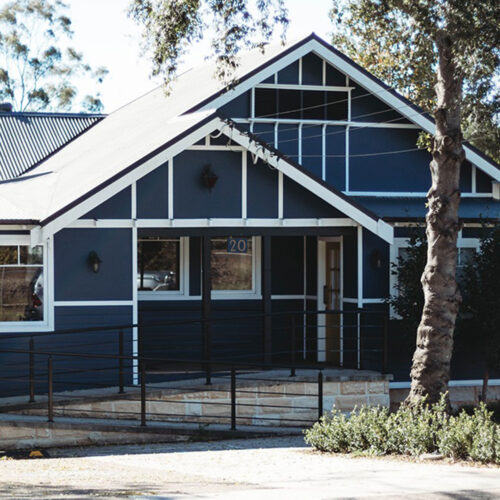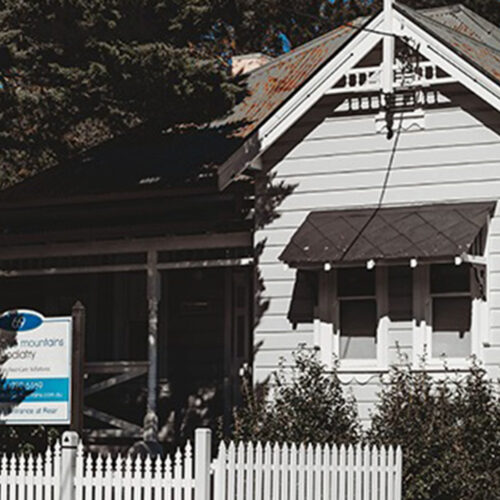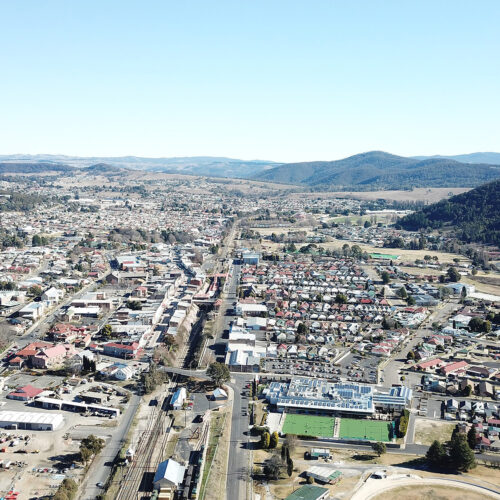What is intoeing?

Signs or Symptoms:
An assessment should be performed promptly if the intoeing is causing:
- Significant tripping/falling and clumsiness,
- Difficulty with normal activity,
- Difficulty with shoes,
- Difficulty progressing from walking to running
- Or is not resolved in early childhood.
There may be structural problems causing the intoeing which require treatment.
Causes of intoeing
Bone formation is usually the cause of the child to walk with an ‘in-toe’. Intoeing beginning after 18 months is most likely caused by issues within the pelvis. When the bone being the femur (thigh bone) or tibia (shin bone) is ‘twisted’ in the internal direction it causes the feet to point inward. These abnormalities usually correct themselves by the age of 2-5 years old. It is very important to seek treatment for a child if they are removing themselves from activity due to clumsiness or pain.
The four main bone anomalies that contribute to intoeing include:
Metatarsus adductus: The feet bend inward to the midline of the body, from the middle part of the foot to the toes.
- Internal tibial torsion: The shin bone is ‘twisted’ (torsioned) internally toward the bodies midline.
- Internal femoral torsion: The Femur (thigh bone) is torsioned internally.
- Excessive femoral anteversion: axis of the Femoral head is angled anteriorly (forward) in relation to the transverse axis of the knee. This means that for the hip to be intact, the leg needs to point internally i.e the kneecaps are ‘looking’ at each other.
Treatment:
Reducing ‘W’ sitting. ‘W’ sitting may delay the natural correction that occurs with growth and development and should be discouraged. Encourage sitting with legs crossed instead.
- Sleeping on back to allow feet to point outward. Sleeping on the stomach encourages your legs and feet to turn inwards.
- Avoid firm or heavy shoes. Flexible shoes are generally good for the toddler where flexibility is needed especially at the forefoot.
- An exercise program individualised to any muscular weaknesses or imbalances contributing to the in-toeing
- .Activities that encourage an out-toed position such as ballet, kicking a ball, jumping on a trampoline or walking like a penguin.
If intoeing is associated with pain, tripping, or difficulty performing normal activities, an assessment with a Physiotherapist or Podiatrist can help with treatment and management.
 Metatarsus adductus: The feet bend inward to the midline of the body, from the middle part of the foot to the toes.
Metatarsus adductus: The feet bend inward to the midline of the body, from the middle part of the foot to the toes. Reducing ‘W’ sitting. ‘W’ sitting may delay the natural correction that occurs with growth and development and should be discouraged. Encourage sitting with legs crossed instead.
Reducing ‘W’ sitting. ‘W’ sitting may delay the natural correction that occurs with growth and development and should be discouraged. Encourage sitting with legs crossed instead.
